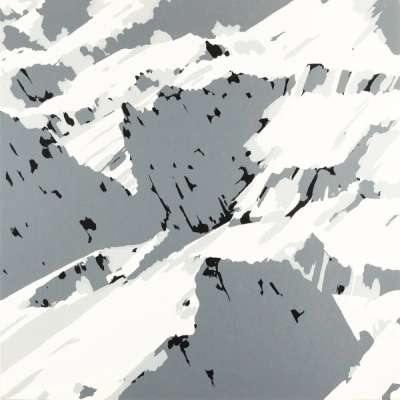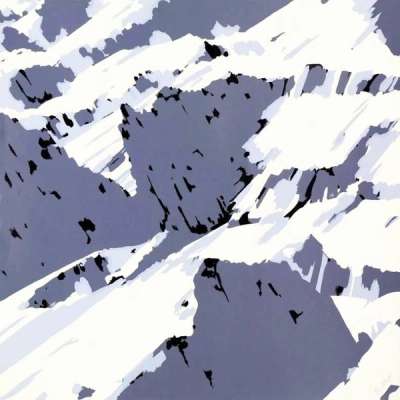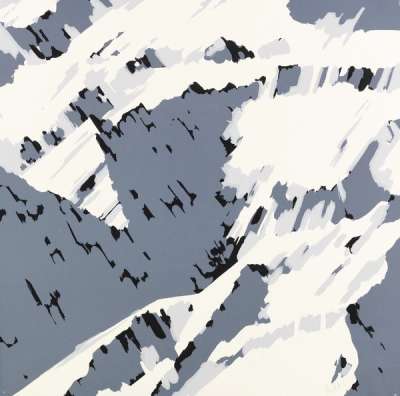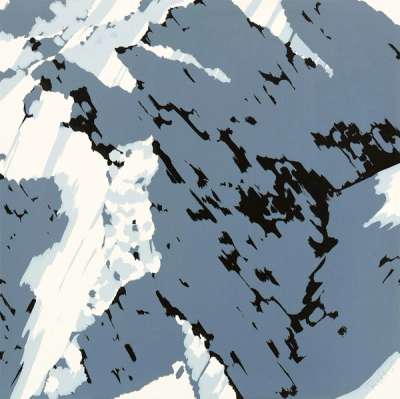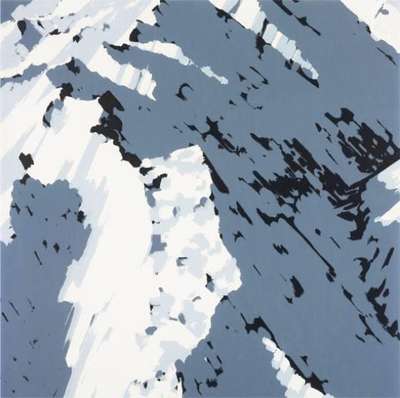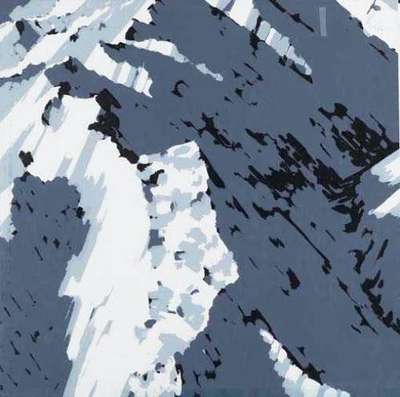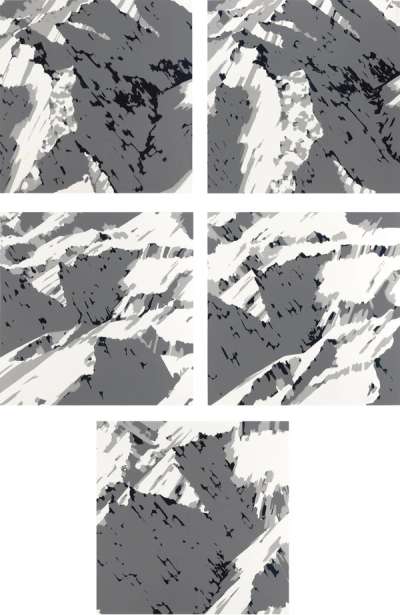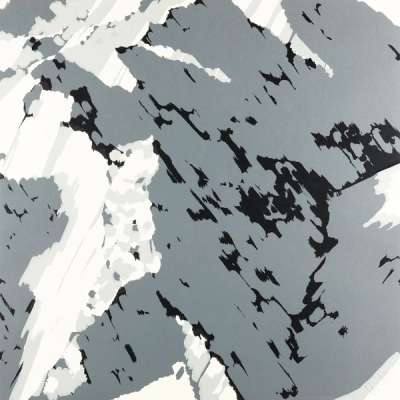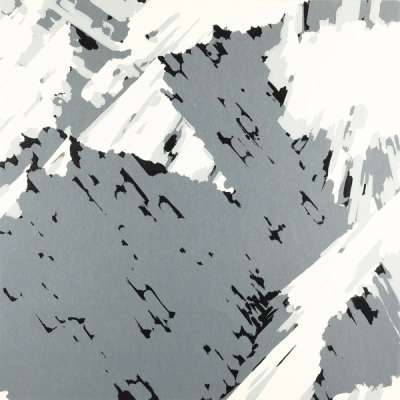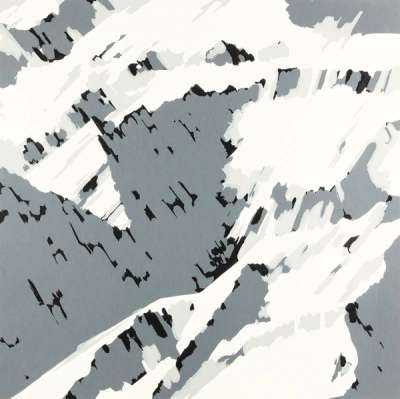
Schweizer Alpen I - B3

Schweizer Alpen I - B3
Signed Print
Gerhard Richter
£14,000-£21,000Value Indicator
$28,000-$40,000 Value Indicator
$25,000-$40,000 Value Indicator
¥130,000-¥190,000 Value Indicator
€17,000-€25,000 Value Indicator
$140,000-$210,000 Value Indicator
¥2,670,000-¥4,010,000 Value Indicator
$18,000-$26,000 Value Indicator
AAGR (5 years) This estimate blends recent public auction records with our own private sale data and network demand.
There aren't enough data points on this work for a comprehensive result. Please speak to a specialist by making an enquiry.
Medium: Screenprint
Edition size: 300
Year: 1969
Size: H 69cm x W 70cm
Signed: Yes
Format: Signed Print
TradingFloor
Track this artwork in realtime
Watch artwork, manage valuations, track your portfolio and return against your collection
Track auction value trend
Auction Results
| Auction Date | Auction House | Location | Hammer Price | Return to Seller | Buyer Paid |
|---|---|---|---|---|---|
| June 2024 | Lempertz, Cologne | Germany | |||
| December 2023 | Grisebach | Germany | |||
| November 2023 | Nosbüsch & Stucke | Germany | |||
| June 2019 | Ketterer Kunst Hamburg | Germany | |||
| June 2016 | Ketterer Kunst Hamburg | Germany | |||
| June 2015 | Van Ham Fine Art Auctions | Germany | |||
| May 2009 | Lempertz, Cologne | Germany |
Meaning & Analysis
This signed print is the work of venerated German artist, Gerhard Richter. Part of the Swiss Alps collection, it was issued in 1969 in an edition of 300. Like other works in the Swiss Alps collection, the print constitutes an expressionistic, semi-abstract depiction of a mountainous landscape.
Depicting the light-illuminated slopes to the left of a rocky, mountainous arête, and the dark, plunging depths to its right, Schweizer Alpen I - B3 sees Richter use broad strokes to offer an impressionistic view of his subject matter. Reminiscent of a digital image, each different tone present within the print contrasts with those around it, creating the effect of negative space; this subsequently aligns the print with abstraction. When looking at this print, it is difficult not to infer a sense of Richter’s inspiration by the German Romantic movement and artists such as Caspar David Friedrich.
Utilising a different colour scheme to its close cousin, Shweizer Alpen II - A2, this print is an uncharacteristically loose, expressive rendition of the traditional landscape painting. Why uncharacteristically loose? During the late 1960s, Richter had begun experimenting with the depiction of landscape in what was seen as a thematic departure from his focus on historical portraits, such as the famed Elisabeth II (1966). These early works, which Richter named ‘photo paintings’, were moody, monochromatic, and photorealist in style. Comprising seascapes, such as Seestück I (1969) and like-for-like transcriptions of clouds, such as Wolke (Cloud) (1969), they foretell of Richter’s sustained practice of ‘blurring’ his paintings. This practice is designed to remove unwanted detail, and to make images look ‘technological’.
Hailing from Germany, Gerhard Richter has not been confined to one visual style. A testament to versatility and artistic diversity, Richter's work spans from photorealism to abstraction and conceptual art, and his portfolio is rich in varied media. From creating bold canvases to working on glass to distort the lines between wall-based art and sculpture, Richter has honed in on the blur technique to impart an ambiguity on his creations. To this day, Richter is one of the most recognised artists of the 20th century with his art having been presented in exhibitions worldwide. His global impact underscores his legacy as a trailblazer of artistic exploration.
